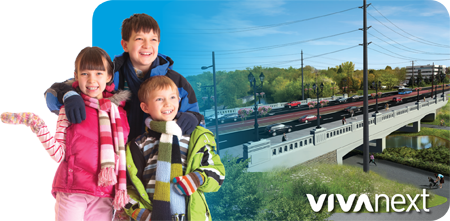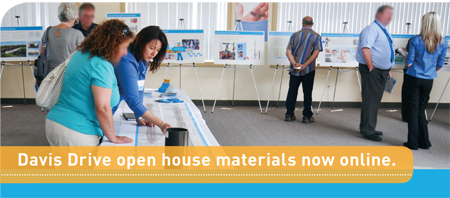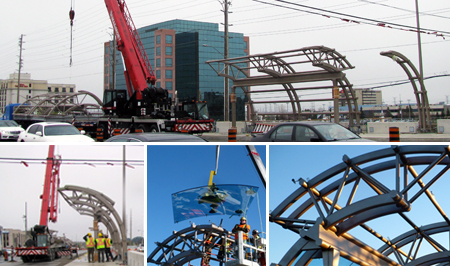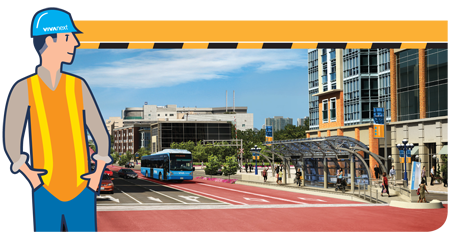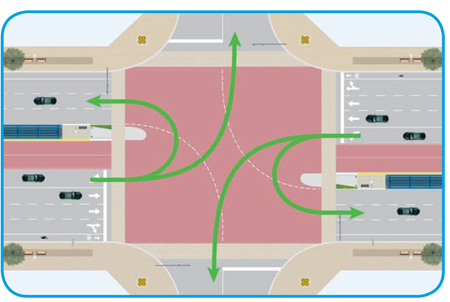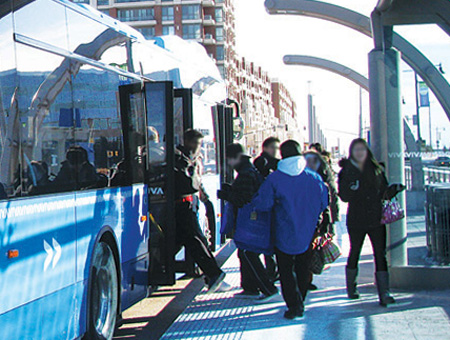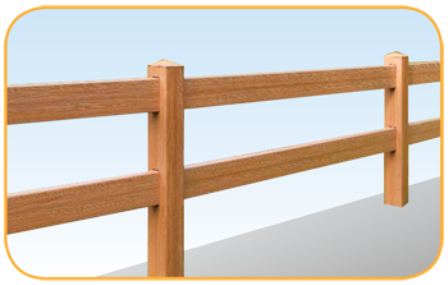Signs of spring are in the air, for us at vivaNext spring symbolizes a time of year when construction work ramps up. Last year, we completed a number of important construction projects on the way to building the Davis Drive rapidway. This year, we kick off a very busy construction season with significant work starting in April.
Traffic lanes, sidewalks and bus stops will be shifting along Davis Drive, this is required to relocate, install and replace segments of infrastructure for hydro, gas, storm drain, water main, sewer line, phone and cable. These changes are part of the next phase of construction, providing workers sufficient room to start building the rapidway, station platforms and canopies. More details on the lane closures on Davis Drive are available at vivanext.com.
Crews will also be working on culverts on the south side of Eastern Creek (near Southlake Regional Health Centre) and Western Creek this year. The north side of Keith Bridge is scheduled to be complete in 2014.
We know construction can be daunting and we thank you for your patience and understanding. Please drive with care and give yourself extra time to get to your destination safely.
Updates about all of this work will be made available as they happen. If you have questions or concerns please contact your Community Liaison and sign up for construction updates to get the the latest construction information.
The vivaNext plan will help Newmarket continue to shape its growing community making it an even better place to work, shop and play.


